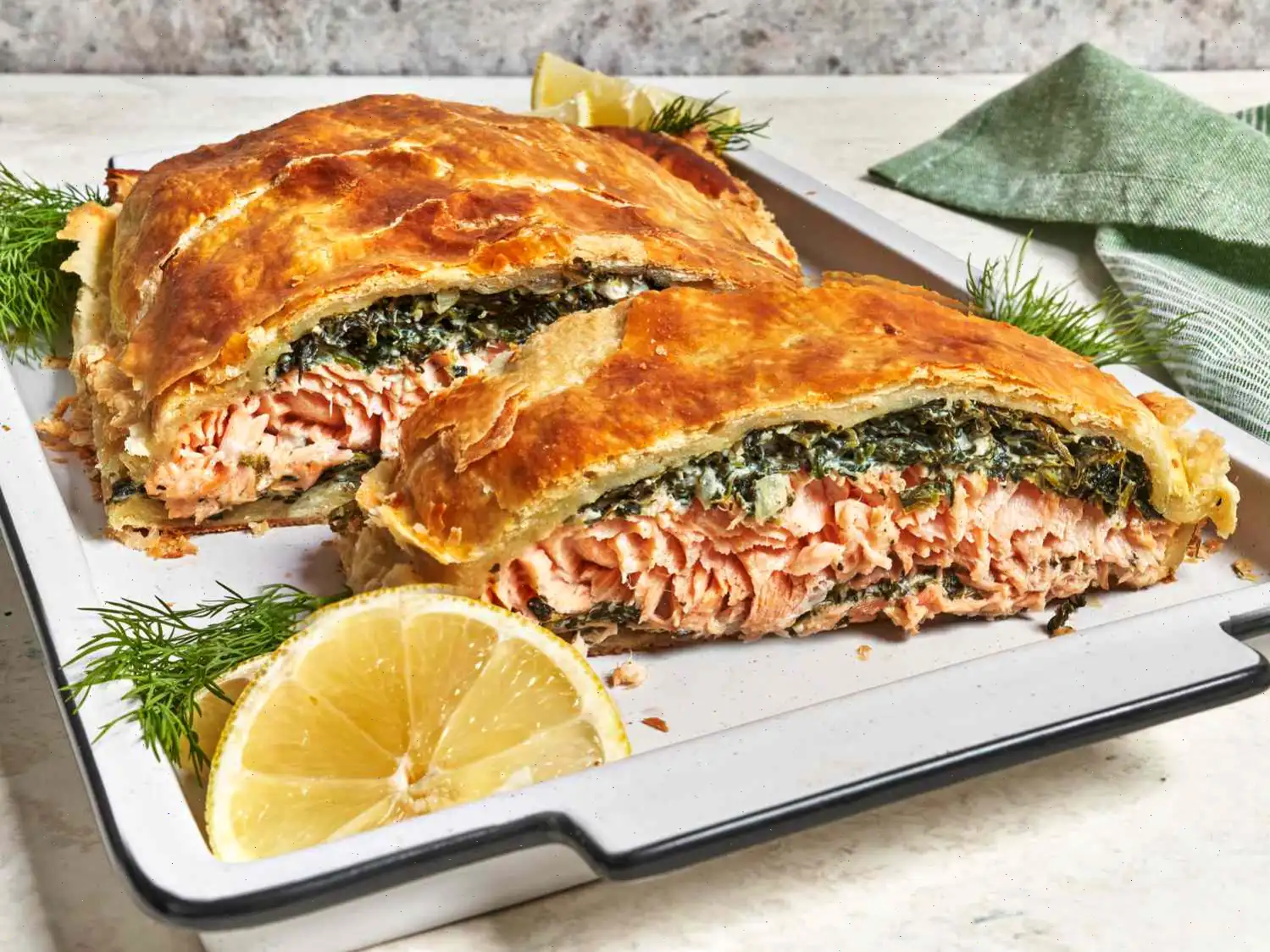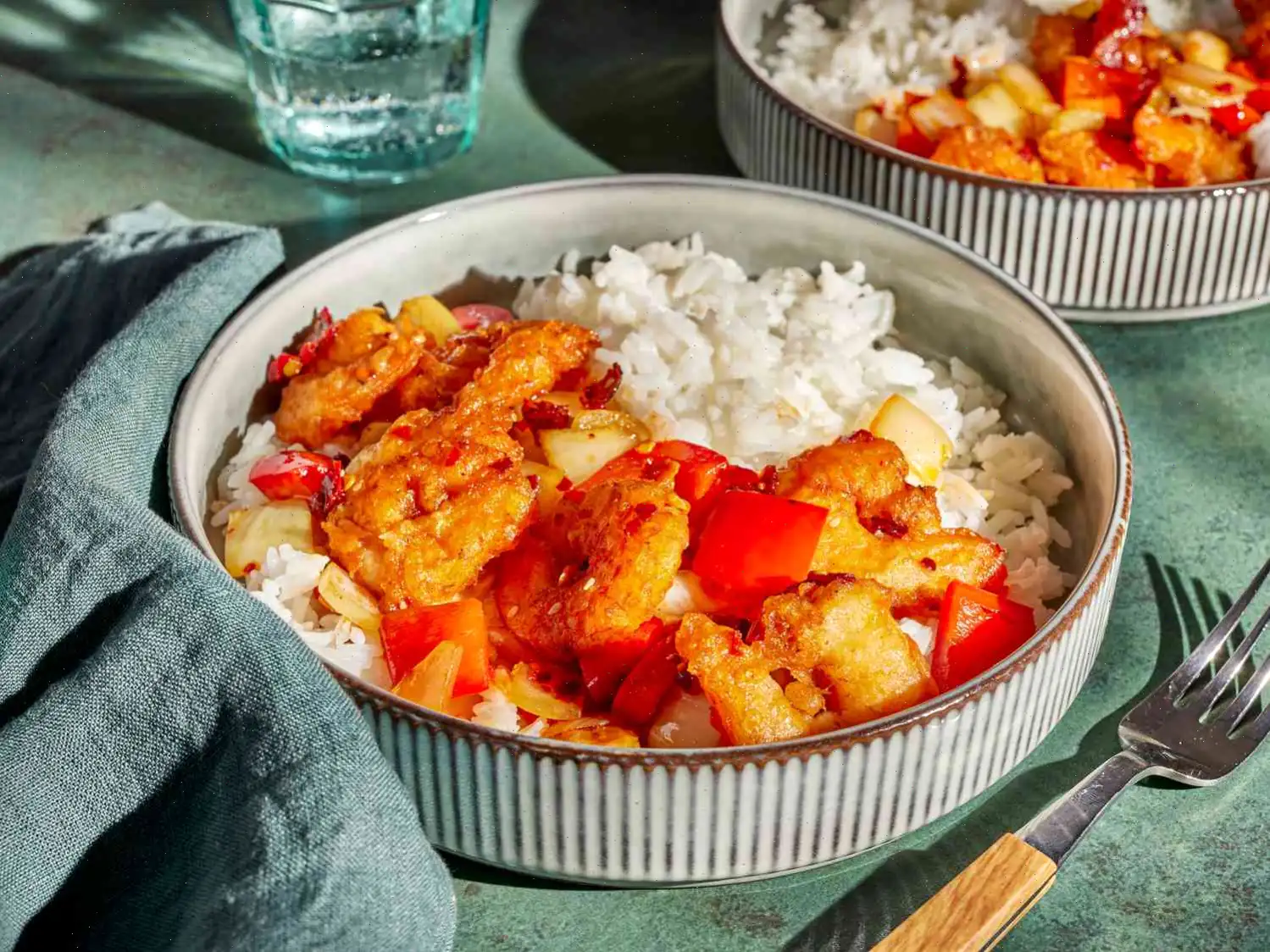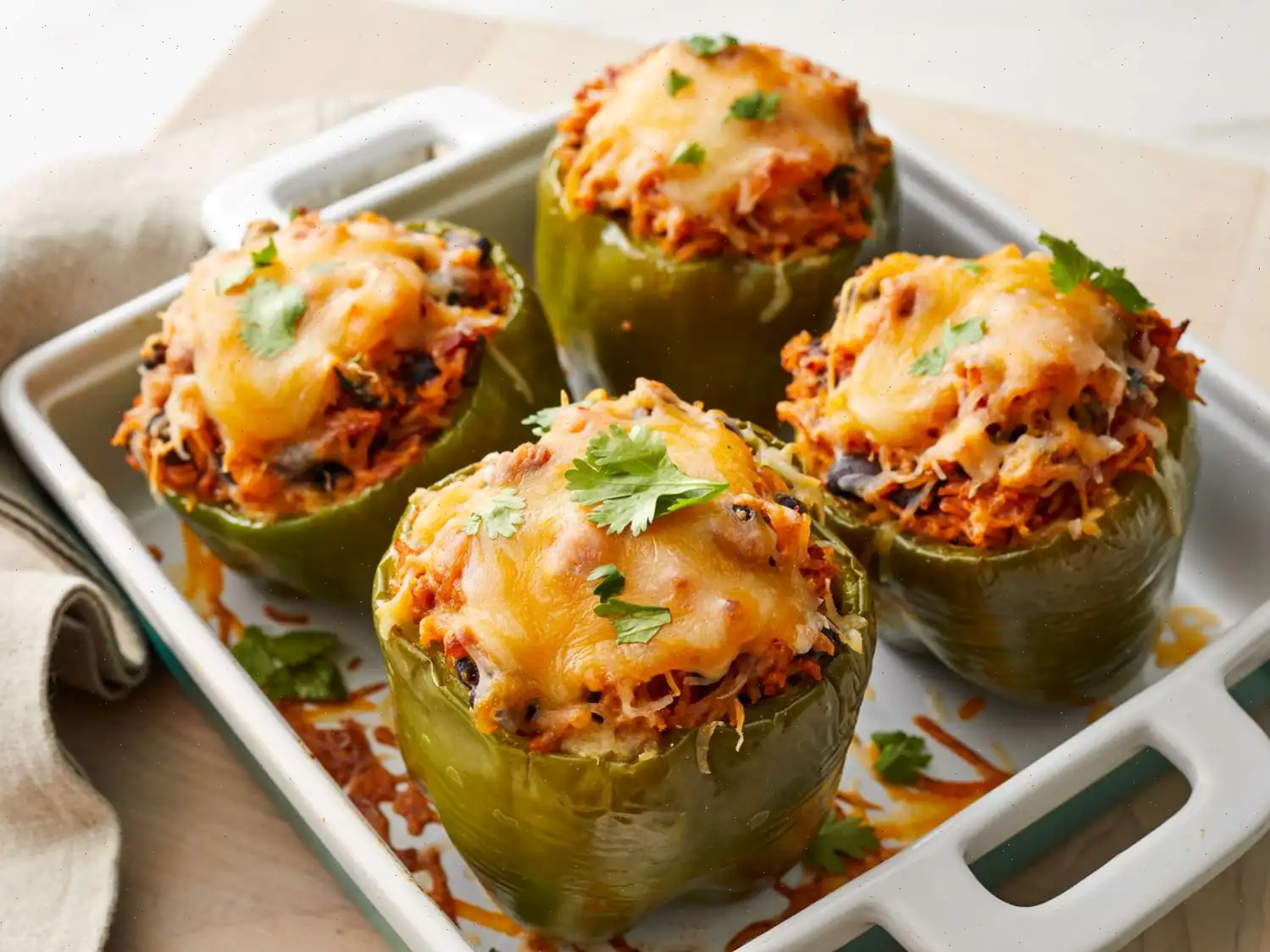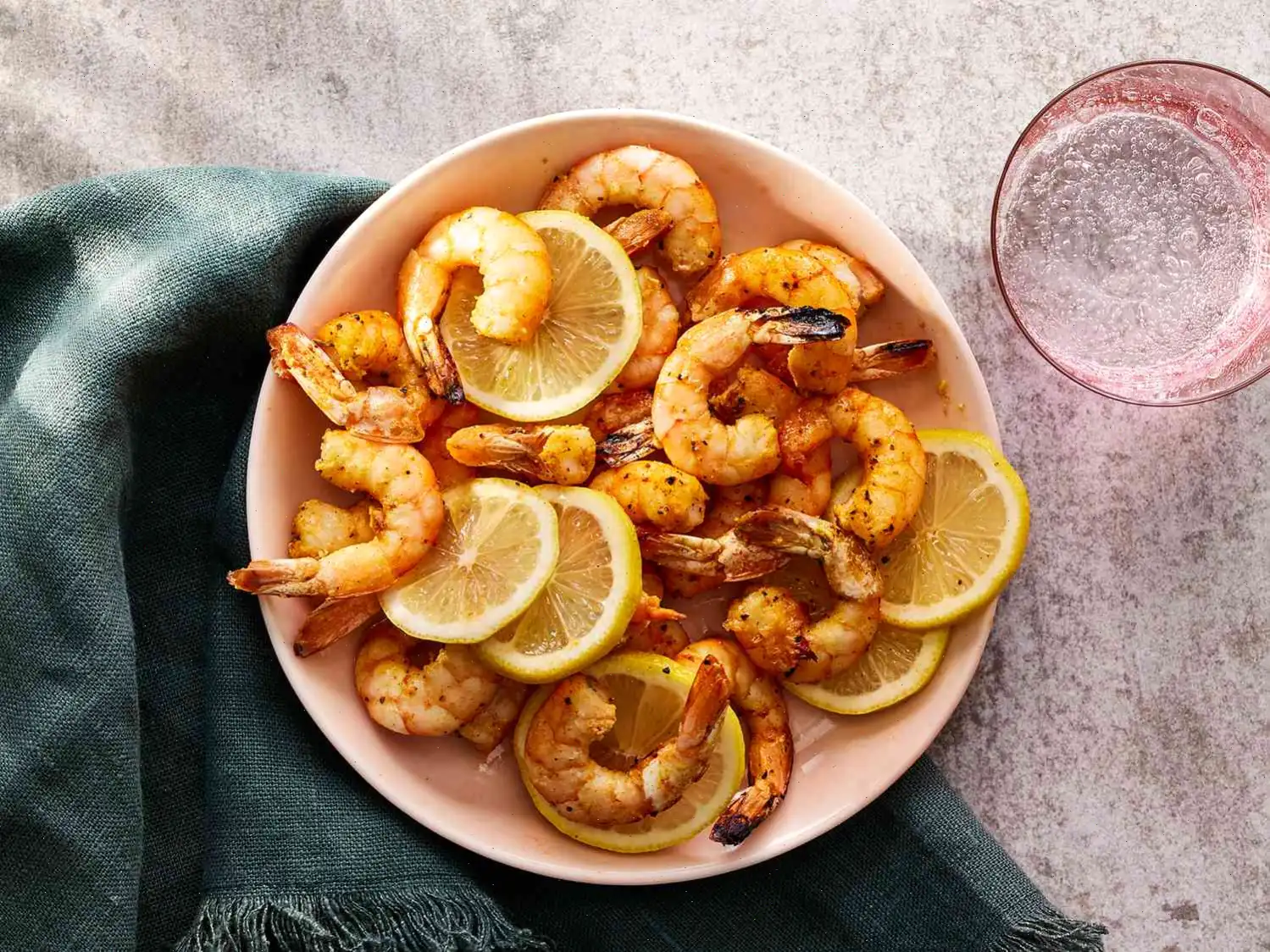
Nicole’s Salmon Wellington Recipe
Salmon in Puff Pastry with Spinach and Feta
Ingredients:
- 1 tablespoon olive oil
- 10 ounces frozen chopped spinach, thawed and well drained
- 1/4 cup finely chopped onion
- 1/4 teaspoon garlic powder
- 1 teaspoon kosher salt, divided
- 1/2 teaspoon freshly ground black pepper, divided
- 4 ounces cream cheese, softened
- 1/3 cup crumbled feta cheese
- 2 tablespoons finely chopped fresh dill
- 2 teaspoons lemon juice
- 1 teaspoon lemon zest
- 1 (17.3 ounce) box frozen puff pastry (2 sheets), thawed
- 1 (1 1/2 pound) salmon fillet
- 1 large egg, beaten
Directions:
- Heat a large nonstick skillet over medium-high heat. Add the chopped onion and saut for about 2 minutes until softened.
- Stir in the spinach, garlic powder, half of the salt, and black pepper. Cook, stirring constantly, for about 3 minutes until the mixture is heated through.
- Reduce the heat and mix in the cream cheese, stirring until melted and smooth. Remove the skillet from the heat and add in the crumbled feta cheese, dill, lemon juice, and lemon zest. Stir to combine, then set the mixture aside to cool.
- Preheat your oven to 400F (200C). Line a baking sheet with parchment paper.
- On a lightly floured surface, roll out one sheet of puff pastry to a size just slightly larger than the salmon fillet.
- Spread half of the spinach mixture onto the pastry in a shape that matches the size of the salmon fillet.
- Place the salmon fillet on top of the spinach mixture. Sprinkle the remaining salt and pepper over the top of the salmon.
- Top the salmon with the remaining spinach mixture, then place the second sheet of puff pastry over the salmon and spinach, sealing the edges by folding them around the salmon to create a tight wrap.
- Transfer the wrapped salmon to the prepared baking sheet and brush the top of the pastry evenly with the beaten egg.
- Bake the puff pastry in the preheated oven for about 30 minutes, or until the pastry is golden brown and the fish is cooked through. You can check the internal temperature of the salmon with an instant-read thermometer; it should reach 145F (63C).
- Let the salmon rest for 5 minutes before slicing and serving. Enjoy your savory, flaky, and flavorful dish!
Nutrition Facts (per serving):
- Calories: 5144
- Total Fat: 354g (454% DV)
- Saturated Fat: 79g (395% DV)
- Cholesterol: 773mg (258% DV)
- Sodium: 4148mg (180% DV)
- Total Carbohydrate: 267g (97% DV)
- Dietary Fiber: 20g (70% DV)
- Total Sugars: 15g
- Protein: 222g (443% DV)
- Vitamin C: 39mg (44% DV)
- Calcium: 994mg (76% DV)
- Iron: 23mg (129% DV)
- Potassium: 4179mg (89% DV)
* Percent Daily Values are based on a 2,000 calorie diet. Your daily values may be higher or lower depending on your calorie needs.
The Story Behind Salmon Wellington
Salmon Wellington is a luxurious adaptation of the classic Beef Wellington, which dates back to early 19th-century England. While the original Beef Wellington featured tender beef encased in puff pastry, the salmon version emerged in modern culinary circles as chefs sought lighter, seafood-based alternatives. Combining flaky salmon with creamy cheeses and delicate herbs, this dish brings together the elegance of French technique with the freshness of coastal ingredients.
Regional Characteristics
Although inspired by British cuisine, Salmon Wellington has seen various regional interpretations. In North America, it often features spinach, cream cheese, and fresh dill, reflecting the preference for rich, comforting flavors. Scandinavian versions might use mustard, horseradish, or smoked salmon to highlight local seafood traditions. Each region adapts the filling and seasoning to complement the natural flavor of salmon while preserving the signature golden puff pastry exterior.
Differences from Similar Dishes
Salmon Wellington is often compared to other pastry-wrapped seafood dishes, such as fish en croute or seafood strudel. The key difference lies in the filling: while en croute may include a single type of fish or a lighter herb sauce, Salmon Wellington typically layers cream cheese, feta, and spinach, creating a rich, creamy interior. Unlike standard baked salmon, the puff pastry adds a crisp, buttery texture that contrasts with the soft, moist fish, giving it a refined presentation suitable for special occasions.
Where Its Usually Served
This dish is a favorite for festive dinners, holiday gatherings, and elegant dinner parties. Its impressive appearance and intricate layering make it ideal for formal settings or celebratory meals. Restaurants with a focus on modern British or European cuisine often feature Salmon Wellington on their menu as a centerpiece entre. Home cooks also embrace it for weekend dinners when they want to elevate a simple salmon fillet into a visually stunning, restaurant-quality dish.
Interesting Facts
- Salmon Wellington can be traced back to 20th-century adaptations of classic British recipes, when chefs experimented with substituting fish for beef.
- The dishs signature puff pastry not only adds texture but also seals in moisture, keeping the salmon tender and juicy during baking.
- Variations may include the use of smoked salmon, different cheeses, or herbs, allowing chefs and home cooks to customize flavor while retaining the dishs elegant identity.
- Despite its sophisticated look, Salmon Wellington is relatively easy to prepare, making it a favorite for those who want to impress without extensive culinary training.
- When plated, the cross-section of golden pastry surrounding vibrant pink salmon and green spinach creates a striking visual appeal, making it almost too beautiful to eatalmost!
You can listen to this recipe in AI audio format. Simply click the play button below to listen to the content in a format that suits you best. It’s a great way to absorb information on the go!
FAQ about Nicole’s Salmon Wellington Recipe
Comments
Helen Collins
05/10/2024 04:13:51 AM
Fantastic! I followed the recipe exactly and the outcome was absolutely delicious. My husband couldn't stop praising it for hours; it felt like we were dining at a high-end restaurant. I did trim the edges of the puff pastry, and I'm now contemplating if it can be made with just one sheet due to the amount of dough used. I will definitely be making this dish again. It's a simple recipe but yields a fantastic result. I am a big fan of Nicole McLaughlin's recipes and have a collection saved up to try out.








